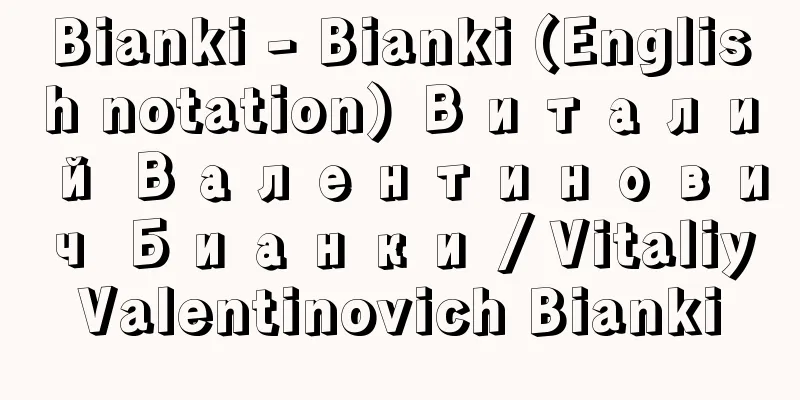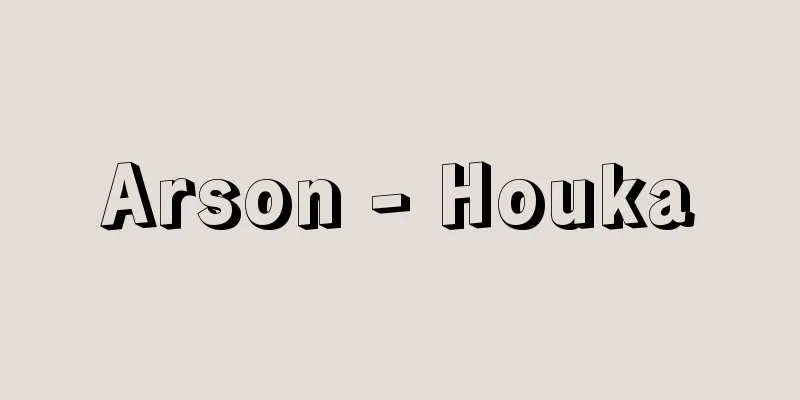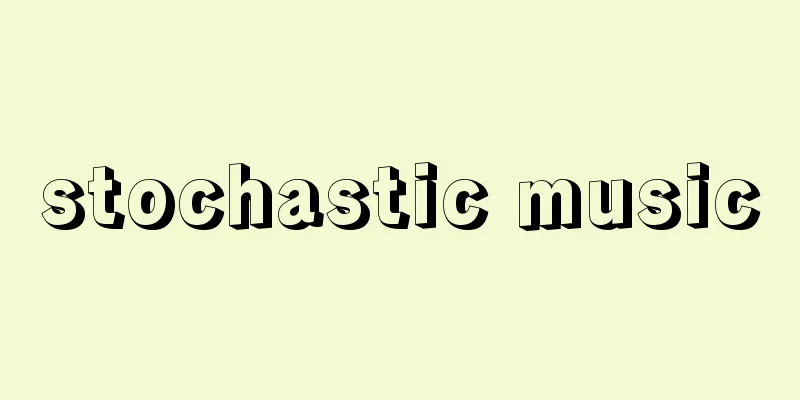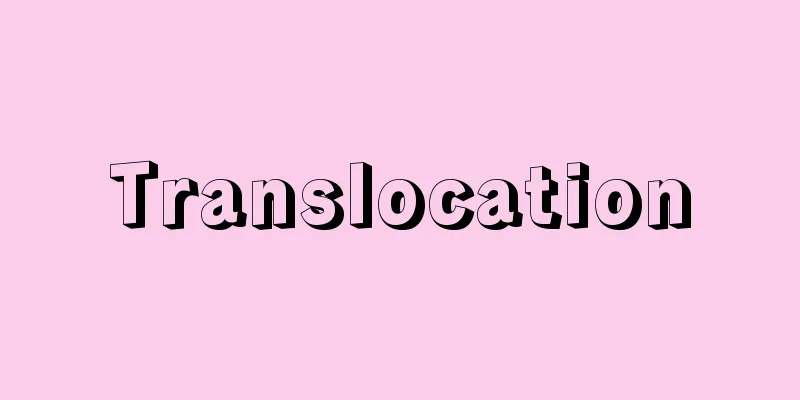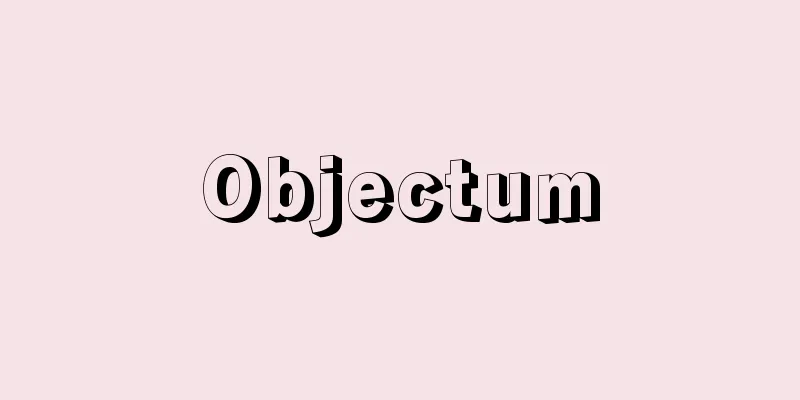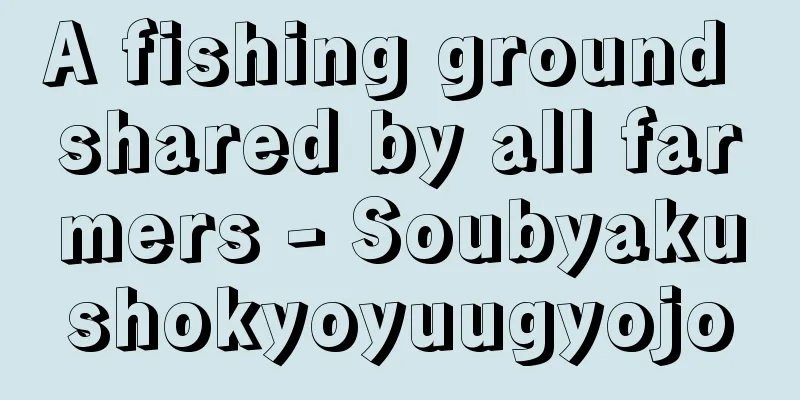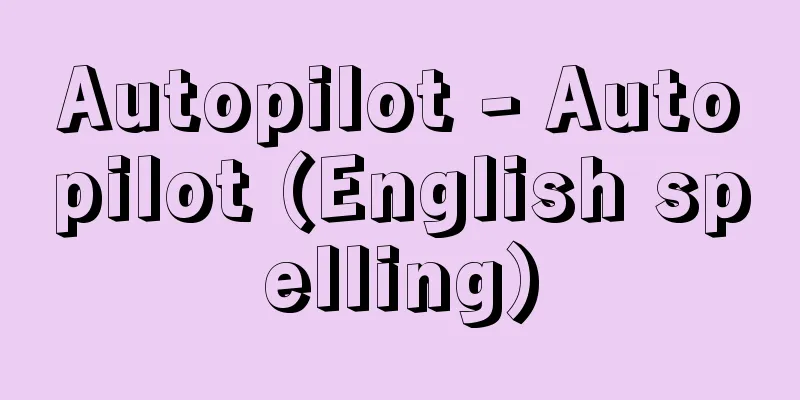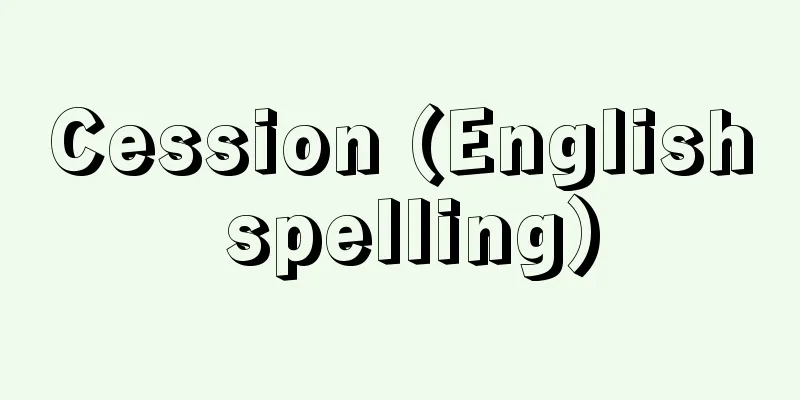Land Without Food - Katenakitochi

|
… French documentaries, closely related to the avant-garde film movement of the 1920s that aimed for purely visual expression, produced works such as Alberto Cavalcanti's Nothing but Time (1926) and Jean Epstein's The Ends of the Earth (1929). In the Netherlands, Joris Ivens' Rain (1929), in Spain Luis Bunuel's Land Without Bread (1930), and in Belgium Henri Storck's The Story of the Unknown Soldier (1930), which are known today as masterpieces. From Bunuel...This short film, which is a series of ``surreal images'' such as a woman's armpit hair suddenly disappearing and then clinging to a man's mouth, and a donkey corpse tied to a piano followed by two monks, was interpreted as an ``intellectual Surrealist essay'' and caused a great stir, but Bunuel himself was appalled that the work was celebrated in the Paris salons of the time as snobbism, and rebelled against it, criticizing ``incorrigible, imbecilic snobs who have mistaken for beauty and poetry what is in fact nothing but despair and a passionate call to murder.'' He is said to have created his sequel, ``The Golden Age'' (1930), ``giving the snobbish bourgeoisie no more opportunity to assimilate.'' After returning to Spain and making the short documentary Land Without Bread (1932), which portrayed hunger and poverty in the Hurdez region, he was exiled by the Franco regime, and from 1933 to 1935 he worked mainly in Paris producing Spanish-language versions of American films, and also collaborated on editing newsreels on Madrid 36 (1937). In 1938 he went to Hollywood as a technical advisor for documentary films on the Spanish Civil War, but lost his job when the war ended with Franco's victory. He then made anti-Nazi films by re-editing newsreels at the Museum of Modern Art in New York, and propaganda films for the US Army, and from 1944 to 1946 he worked on the Spanish-language version of Warner Bros. films. *The following is a portion of the glossary that refers to "Land Without Bread." Source | Heibonsha World Encyclopedia 2nd Edition | Information |
|
… フランスのドキュメンタリーは,20年代に純粋な視覚的表現を意図した芸術運動である〈アバンギャルド映画〉と密接なかかわりをもっているが,アルベルト・カバルカンティの《時の外何物もなし》(1926)やジャン・エプスタンの《地の果て》(1929)などがつくられた。 オランダではヨリス・イベンスの《雨》(1929),スペインではルイス・ブニュエルの《糧なき土地》(1930),ベルギーではアンリ・ストルクの《無名兵士の物語》(1930)といった,今日〈名作〉として知られるドキュメンタリーがつくられている。 【ブニュエル】より…女性の腋毛(わきげ)が急になくなったかと思うと男の口のまわりにまとわりついたり,ピアノにロバの死骸が縛りつけられ,そのあとに2人の僧侶がつらなるといった〈超現実なイメージ〉の連続であるこの短編映画は,〈シュルレアリストの知的なエッセー〉と解釈されて大きな反響をよんだが,ブニュエル自身はこの作品が当時のパリのサロンでスノビズムとしてもてはやされたことに愕然(がくぜん)とし,〈じつは絶望であり殺人への情熱的な呼びかけにほかならぬものを,美しいとか詩的だとか思いこんだ度しがたい低能なスノッブども〉と毒づいて反発し,つづく《黄金時代》(1930)では,〈もはやスノッブなブルジョワどもに同化の機会を与えない〉ものをつくったという。 スペインにもどってウルデス地方の飢えと貧困を描いた短編ドキュメンタリー《糧なき土地》(1932)をつくったのちフランコ政権に追放され,33年から35年まで主としてパリでアメリカ映画のスペイン語版製作に従事し,またニュース映画を編集した《マドリッド36》(1937)などに協力する。38年,スペイン内戦の記録映画の技術顧問としてハリウッドに渡るが,内戦がフランコ側の勝利に終わって失職,ニューヨークの近代美術館でニュース映画を再編集した反ナチ映画をつくったり,アメリカ陸軍の宣伝映画をつくったり,44年から46年まではワーナー映画のスペイン語版製作にたずさわったりする。… ※「《糧なき土地》」について言及している用語解説の一部を掲載しています。 出典|株式会社平凡社世界大百科事典 第2版について | 情報 |
>>: Kadena Air Base - Kadena Air Base
Recommend
Capital official - Kyokan
〘Noun〙① Under the ritsuryo system, an office in th...
Moscow, Russia (English spelling)
The term refers to Russia during the Moscow period...
Coeducation
…It is also simply called coeducation. The system...
Defense Agency
An external bureau of the Cabinet Office (formerly...
Kafrinna - Kafrinna
… The earliest examples of colonial popular music...
Village invitation - Murake
〘Noun〙① (Abbreviation of "muraukeshinden (mur...
Jhang Maghiāna (English spelling)
A city in the central Punjab province of Pakistan,...
Anorisaki - Anorisaki
A cape that belongs to Shima City, Mie Prefecture...
Himakajima
Minamichita-cho, Chita-gun, Aichi Prefecture, is ...
Tokutaro Takakura
Protestant pastor and theologian. Born in Ayabe, ...
Notice board - Notice board
〘noun〙① A signboard on which rules, regulations, p...
Use the sword - Kutei
〘Noun〙 Under the ritsuryo system, a man who was ga...
Urokinase - Urokinase (English spelling)
Fibrinolytic enzyme activator. A proteolytic enzy...
Amazones
...A race of brave female warriors in Greek legen...
Tadaoki Hosokawa
Year of death: 2nd December 1646 (18th January 164...

